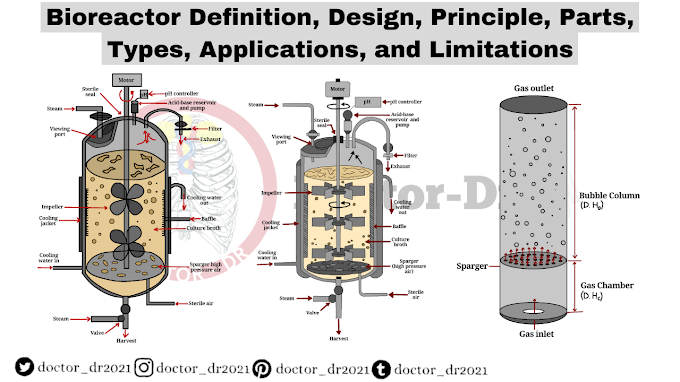A Breakthrough in Neurodegenerative Disease Research
A cutting-edge gene-editing treatment developed by researchers at the Broad Institute of MIT and Harvard has shown remarkable results in extending the lifespan of mice affected by prion disease. This fatal neurodegenerative condition, which currently lacks a cure, saw a lifespan extension of approximately 50% in a mouse model treated with this novel approach
The treatment utilizes base editing—a precise gene-editing technology that enables single-letter changes in DNA—to reduce levels of the disease-causing prion protein in the brain by as much as 60%. This groundbreaking work demonstrates that lowering prion protein levels can significantly improve survival rates in animals carrying a human version of the protein.
A Potential One-Time Treatment for Prion Disease
Led by Sonia Vallabh, Eric Minikel, and David Liu, the study represents a major step forward in developing treatments to either prevent or slow the progression of prion disease. Base editing offers a one-time solution that could benefit all prion disease patients, regardless of the genetic mutation causing their condition. The research findings were published in Nature Medicine.
"This progress feels monumental," said Vallabh, who began researching prion disease after her genetic test in 2011 revealed that she carried a mutation causing fatal familial insomnia. "It’s a privilege to apply these powerful tools to such a challenging disease."
A Collaborative Effort in Innovation
The collaboration brought together disease experts and pioneers in gene-editing technologies. “Working with Sonia and Eric has been incredibly inspiring,” said Liu. “Their expertise and dedication have been crucial to this effort, and we’re optimistic that these findings might pave the way for a one-time treatment for prion diseases.”
Achieving Genetic Precision
In this study, researchers demonstrated that base editors could successfully install an R37X mutation—a naturally occurring protective change—in human cells. This mutation, known to lower prion protein levels without harmful effects, was then introduced into mice using adeno-associated viruses (AAVs) engineered for targeted delivery to brain cells.
On average, the editing system modified 37% of the prion gene copies in the mice, reducing prion protein levels by half and extending their lifespans significantly. Further enhancements to the system achieved even better results, with a 63% reduction in protein levels using a lower dose of AAVs.
Future Directions in Gene Editing for Prion Disease
The team aims to refine this approach by reducing the size of the base-editing components to streamline production and improve delivery. Additionally, they are exploring prime editing, another advanced technology, to install protective mutations that do not completely shut down protein production but instead modify the prion protein to render it harmless.
“This is an exciting milestone,” said Minikel. “While there’s still much work ahead to translate this into a human therapy, the possibilities are encouraging.”
Support and Funding
The research was supported by the National Institutes of Health, Prion Alliance, and the Howard Hughes Medical Institute.
This breakthrough underscores the transformative potential of gene-editing technologies in tackling previously untreatable diseases, bringing hope to those affected by prion disease and other neurodegenerative disorders.
Reference: Broad Institute of MIT and Harvard. "Gene editing extends lifespan in mouse model of prion disease." ScienceDaily. ScienceDaily, 14 January 2025. <www.sciencedaily.com/releases/2025/01/250114181702.htm>.



~1.webp)




